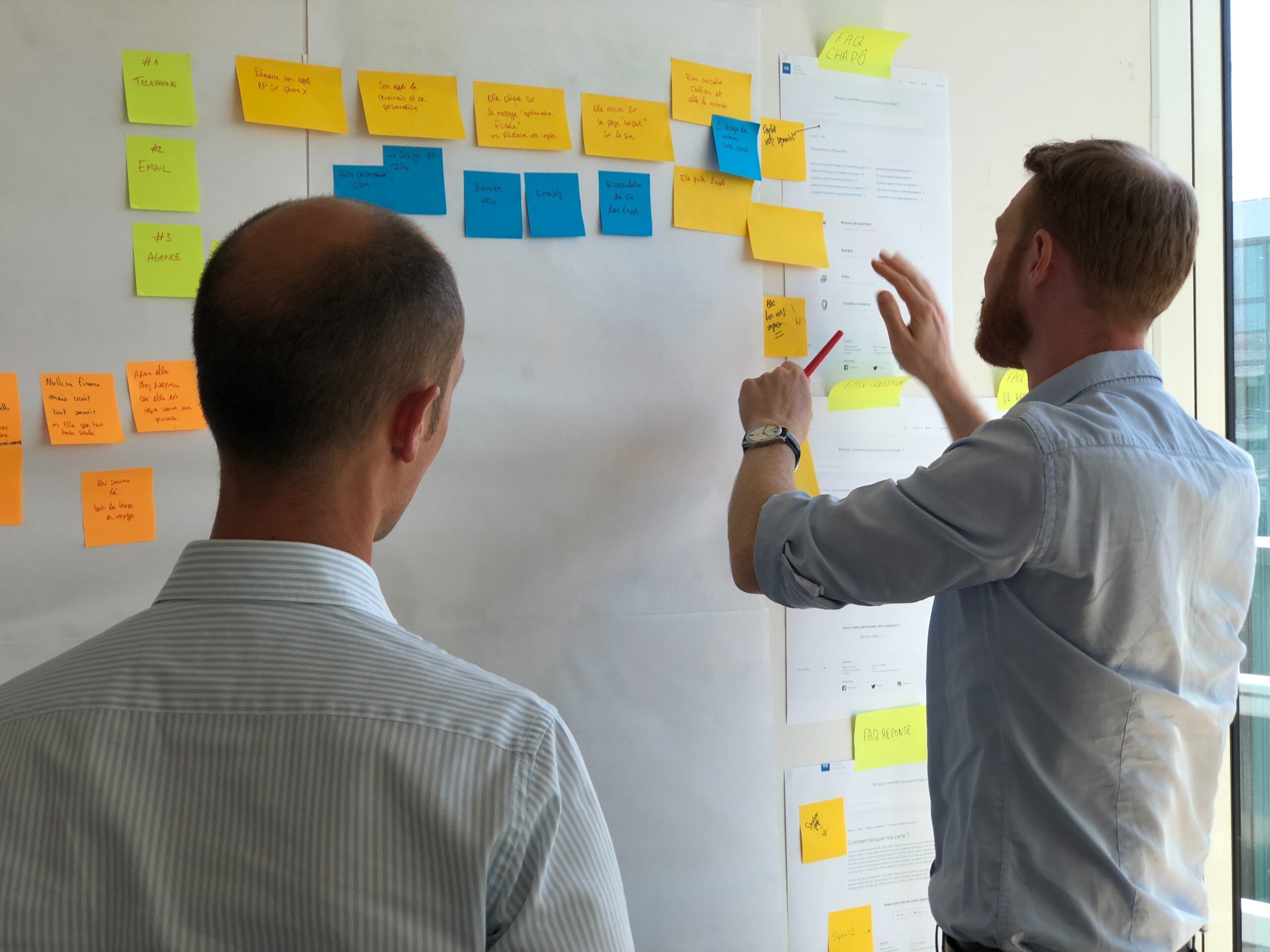
What the future c-suite will look like is an important prediction for businesses. The role of executives has changes exponentially in the last few decades. The advancement of technology has opened up the demand for new roles like Chief Data Officer, that we couldn’t have previously imagined. In the last instalment of a three-part series, we consider what the C-suite of the future might look like.
As we discovered in Part 2 of this series on the C-suite in the tech age, the new roles making up today’s board are reasonably familiar, with only a few new pairs of feet under the desk. Let us assume that technological progress continues at an exponential rate (and why shouldn’t we? Futurist Ray Kurzweil, Google’s head of Artificial Intelligence believes that “the next 100 years will deliver 20,000 years of human progress”). Even if this assumption is only a fraction correct, it nonetheless means progress will continue apace and businesses and boards will have a hard time keeping up.
What this means for the C-suite is important because failing to ride the wave can mean going out of business fast. At ORESA, we think the business environment is only going to become more unforgiving as mass automation eventually neutralizes competitive edge. With firms running at near-perfect optimisation, it will fall upon the C-suite’s ability to think outside the box in a much more collaborative way than they have been used to.
Evolving executives
We predict, that a role in the guise of Chief Entrepreneur (CE), Chief Innovation Officer or Chief Futurist Officer will play a significant part in said progress. This position isn’t likely to oust the CEO because these types of entrepreneurial talents are rarely strategic decision-makers due to their lack of genuine managerial experience. However, organisations will have to adapt their bureaucratic structure in order to accommodate visionary creativity at board level. That said, we are currently witnessing the likes of Elon Musk play the dual role and play it well. We feel, however, that the CEO and CE can co-exist on an equal footing, particularly if company hierarchies continue to flatten.
The future CEO
If anything, the CEO’s role will become not only more important but also much tougher as entrepreneurialism drives risk appetite and businesses become more comfortable consistently existing on the creative edge of new technologies and developments. CEOs will have their hands full trying to balance budgets with bright ideas.
Digital demands and UX
Yet innovation is nothing if these same bright ideas can’t be delivered to the customer effectively, which is why we believe UX will eventually take its place at the big table. The young workers of today are the first generation born into the digital age, having grown up with the internet and social media and within a collaborative digital framework. They have come of age in a time when businesses have realized the significance of customer focused models. Therefore, it is only natural to assume that they will become the UX leaders of tomorrow. The position will be very different to that of, say, a Chief Customer Officer, whose role will typically have marketing at its core. A Chief UX operative will work closely with the Chief Entrepreneur in order to translate best that visionary output. Read more about UX and design sprints here.

Rise of automation
We mentioned automation earlier. This is a topic that will be increasingly important in the coming decades, not least for society on the whole, as we begin to wonder what to do with the millions of people who will lose their jobs to robots. At a company level, though, the roll out of AI will potentially require a Chief Automation Officer. Automation will bring with it many positives but also many challenges: as AI continues to evolve, the CAO will come to have a prominent position in the C-suite. The same can be said for cyber security, which will become increasingly complex to the point that it will require a dedicated C-suite executive to manage it. We are seeing this already with many firms, particularly tech ones. Will a board of the future without a Chief Cyber Security Officer be a dead duck walking?
Flexible workforce
In the first paragraph, I mentioned that word “collaborative”. This is important because, as we are beginning to see, organizations manned by Millennials are significantly more collaborative than any other generation that has gone before them. The gig economy is the biggest it has ever been and self-employment is no longer limited to part-time, low-earning jobs. Top-level consultants will play a critical role. Companies are slowly realising that they can harness an incredible pool of consultancy based talent and use it in ways they cannot use their permanent workforce. This collaborative flexibility will ultimately necessitate some sort of managerial executive in the C-suite who will manage the firm’s relationships with external talent.
Many of these changes will take time to evolve; many are well under way already. It behoves companies to be brave with structural decisions and ensure they have the right people in place from the beginning. The marketplace of the near future, let alone the distant one, will be unforgiving to those who tiptoe through the debris of change; fortune will favour only the companies prepared to make mistakes and make them quickly. Perhaps, then, it is time to harness a more agile structure which engages freelance, highly talented/experienced executives to inspire followers, and solid Head-of functions to drive change internally.
If you are looking to employ such a structure or require some advice on getting your strategy right, please don’t hesitate to get in touch to see how ORESA can help you navigate through rapidly changing times. Phone +44 (0) 203 675 1459 or email Orlando Martins at [email protected].
















